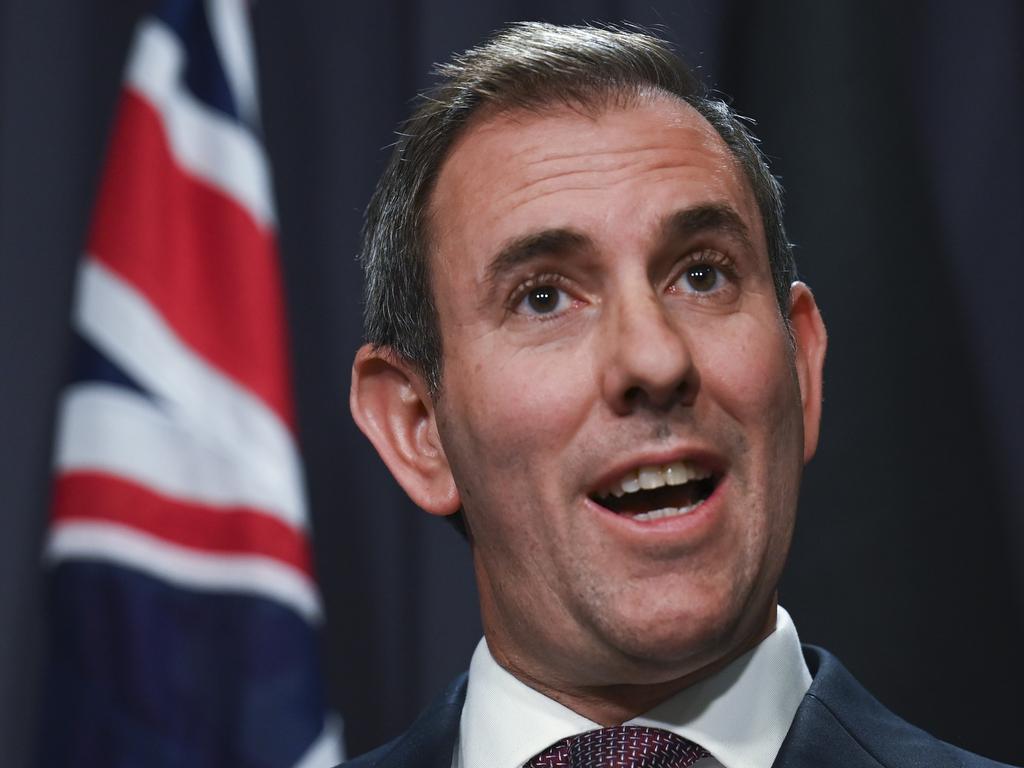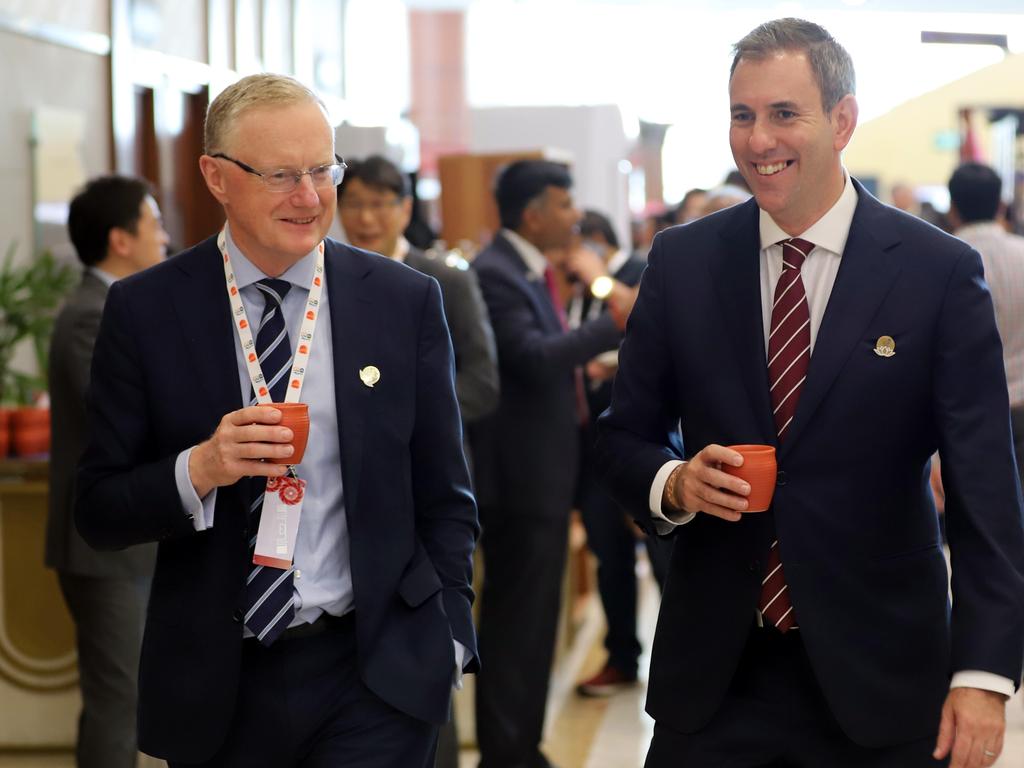Record number of workers holding multiple jobs, ABS figures reveal
Nearly 950,000 Australians were holding down two or more jobs in March, representing a record 6.6 per cent of the workforce.

Nearly 950,000 Australians were holding down two or more jobs in March, representing a record 6.6 per cent of the workforce as the tightest labour market in a generation offers opportunities for those seeking more hours amid a cost of living crunch.
The rate of multiple job holders has steadily increased since the end of the national lockdown in 2020, and compares to a long-term trend of 5-6 per cent stretching back to when records began in 1994, figures from the Australian Bureau of Statistics revealed.
The increase in multiple job holders has been driven by younger Australians, who traditionally are more likely to work more than one role.
The rate among 15-19 year-olds was 7.9 per cent in the March quarter, and 8.9 per cent among those aged between 20 and 24 years.
ABS head of labour statistics Bjorn Jarvis said it was impossible to say how much of the sharp increase in the rate of the multiple-job holders over the past 2½ years was a result of the past year’s spike in inflation forcing Australians to take on more work in order to make ends meet.
“It can be an indication people are facing cost-of-living pressures, but it can also be an example of a good labour market and people are able to find and hold multiple jobs,” Mr Jarvis said.
“Multiple job holdings can also be associated with entrepreneurial activity, as people get into side hustles.”
The labour market statistics came as separate ABS figures showed a near-doubling in mortgage charges for workers pushed living cost rises way above official inflation, as the squeeze on employee households intensified into the middle of the year.
The cost of living for employee households jumped 9.6 per cent higher in the year to June, the highest since records began in 1999, versus 6 per cent growth in the widely quoted consumer price index, which does not include mortgage interest payments.
The 92 per cent increase in mortgage interest charges for employee households was up from the 79 per cent lift in March, which the ABS said reflected extra Reserve Bank rate rises and the expiry of fixed-rate mortgages in the quarter.
The rapid fall in headline inflation from 7.8 per cent in December confirmed a disinflationary trend that paved the way for the RBA on Tuesday to hold rates at 4.1 per cent for a second month.
In contrast, growth in the ABS’s living cost index for employee households has accelerated from 9.3 per cent at the end of 2022 to 9.6 per cent in the year to June.
The data also reveals how mortgaged Australians are more sensitive to rate hikes than 15 years ago.
The ABS’s mortgage interest charge index hit 110 points in June, versus the previous high of 106pts in September 2008, when rates were at 7 per cent against 4.1 per cent today.
After Tuesday’s RBA decision, an increasing number of economists said they expected policy tightening was now likely over or trimmed their forecasts for further moves from two to just one more rise in coming months.
Barrenjoey chief economist Jo Masters said she no longer expected further hikes, saying RBA governor Philip Lowe’s statement suggested “they want to be done with the tightening cycle” – although that prediction remained heavily reliant on inflation.
“The RBA board believes there is sufficient tightening in the pipeline to achieve their inflation objective,” Ms Masters said.
ABS figures showed employee households suffered the biggest financial hit from rising mortgage interest charges, which represent a larger part of their spending than for other household types.
Including interest charges led to higher living cost inflation across the varying households.
The next highest living cost inflation was for welfare recipients, at 7.3 per cent. Self-funded retirees experienced the lowest increase in living costs in the year to June, at 6.3 per cent.







To join the conversation, please log in. Don't have an account? Register
Join the conversation, you are commenting as Logout